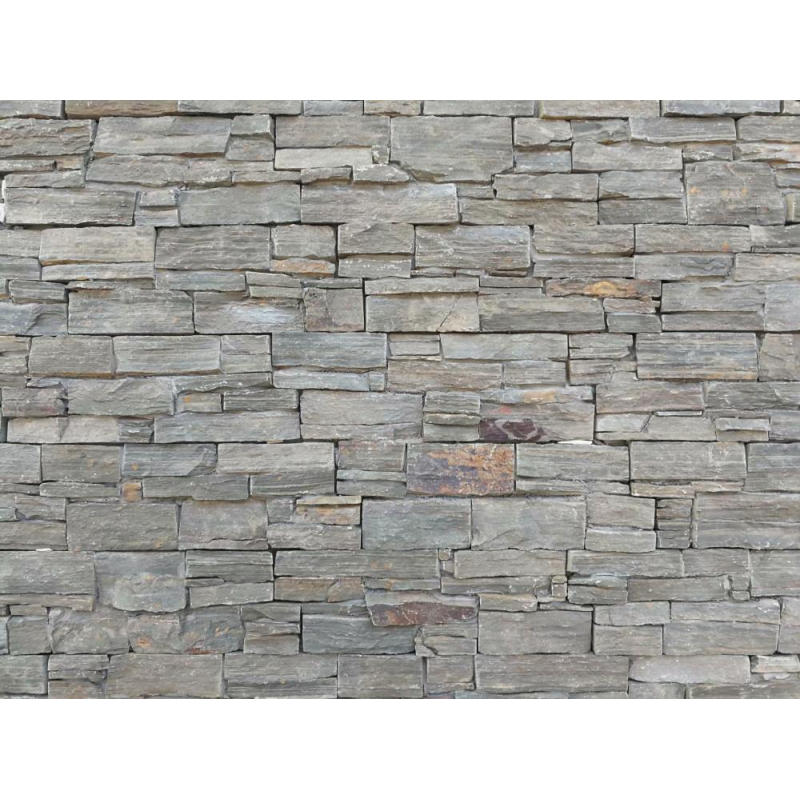
Pedra natural és un dels materials més utilitzats en llars i jardins. Però us heu parat mai a preguntar-vos d'on provenen les vostres rajoles, maons o terres de pedra en particular?

Natural stone was created thousands of years ago when the Earth was just a ball of mineral gases. As these gases began to cool down, they compressed and solidified to form the world we know today. It was during this process that natural stone was formed – the type of stone created depends on what type of minerals were combined at that time. This was a slow process that occurred over millions of years. As the Earth began to settle, many of these seams of stone were gradually pushed to the surface by heat and pressure, creating the large formations we see today.
Stone can come from anywhere in the world, and the type of stone is determined by its origins. There are quarries in America, Mexico, Canada, Italy, Turkey, Australia, and Brazil, as well as many other countries around the globe. Some countries have multiple natural stone quarries, whilst others only have a few. Let’s look in closer detail at where particular stones originate and how they were formed.
Marbre is the result of limestone that has been altered through heat and pressure. It’s a versatile stone that can be used on virtually anything – statues, stairs, walls, bathrooms, counter tops, and more. Usually seen in white, marble is also common in black and grey tints, and has great weather endurance.
Quarcita s'origina a partir de pedra sorrenca que ha estat alterada per calor i compressió. La pedra es presenta principalment en blanc, però també es pot trobar amb matisos marrons, grisos o verdosos. És un dels tipus de pedra natural més dures, el que el converteix en una opció excel·lent per a façanes d'edificis, taulells i altres estructures que requereixen pedres resistents.
Granit originàriament era una pedra ígnia que havia estat exposada al magma (lava) i alterada per l'exposició a diferents minerals. La pedra es troba habitualment en països que han vist una gran activitat volcànica en algun moment, i està disponible en una gran varietat de colors, des de negre, marró, vermell, blanc i gairebé tots els colors intermedis. El granit és una gran opció per a cuines i banys per les seves qualitats antibacterianes.
Calcària és el resultat de la compressió de coralls, petxines marines i altres formes de vida oceànica junts. Hi ha dos tipus de pedra calcària, un tipus més dur que està ple de calci i un tipus més tou amb més magnesi. La pedra calcària dura s'utilitza sovint a la indústria de la construcció, o triturada i utilitzada en morter a causa de la seva qualitat impermeable.
Pedra blava is sometimes referred to as basalt, and is one of the most common natural stones around the world. Bluestone forms through the alteration of lava, and because of this, is one of the closest stones to the Earth’s surface. Basalt is generally darker in colour, and is used as house roofing and floor tiles because of its hard texture.
Pissarra es va crear quan els sediments d'esquist i fang es van alterar per la calor i la pressió. Disponible en colors de negre, morat, blau, verd i gris, la pissarra s'ha convertit en una opció popular per a les cobertes, ja que es pot tallar de manera fina i suportar temperatures fredes amb un dany mínim. La pissarra també s'utilitza sovint com a rajoles a causa de la seva naturalesa perdurable.
Travertí is created when floodwaters wash through limestone, leaving mineral deposits throughout. As it dries out, the extra minerals solidify to gradually create a much denser material called travertine. This stone is good as a replacement for marble or granite, as it’s much lighter and easier to work with, yet still durable. For this reason travertine is often used on floors or walls, and is estimated to last around fifty years if maintained regularly.